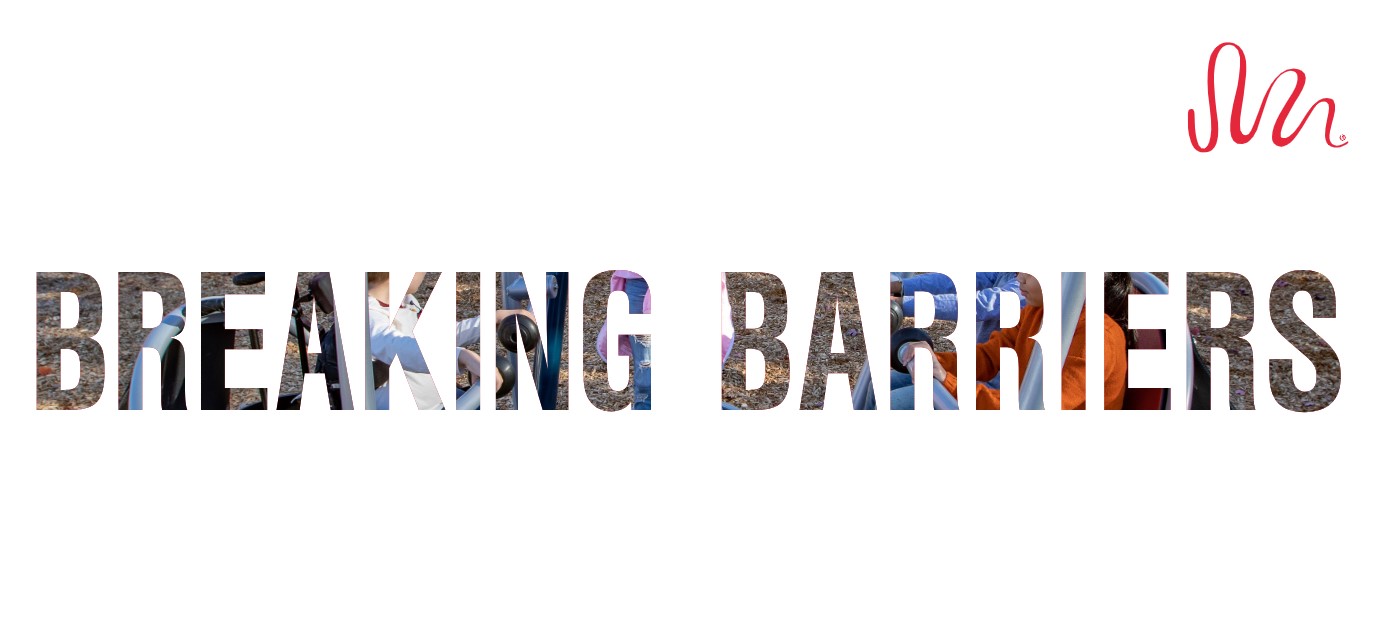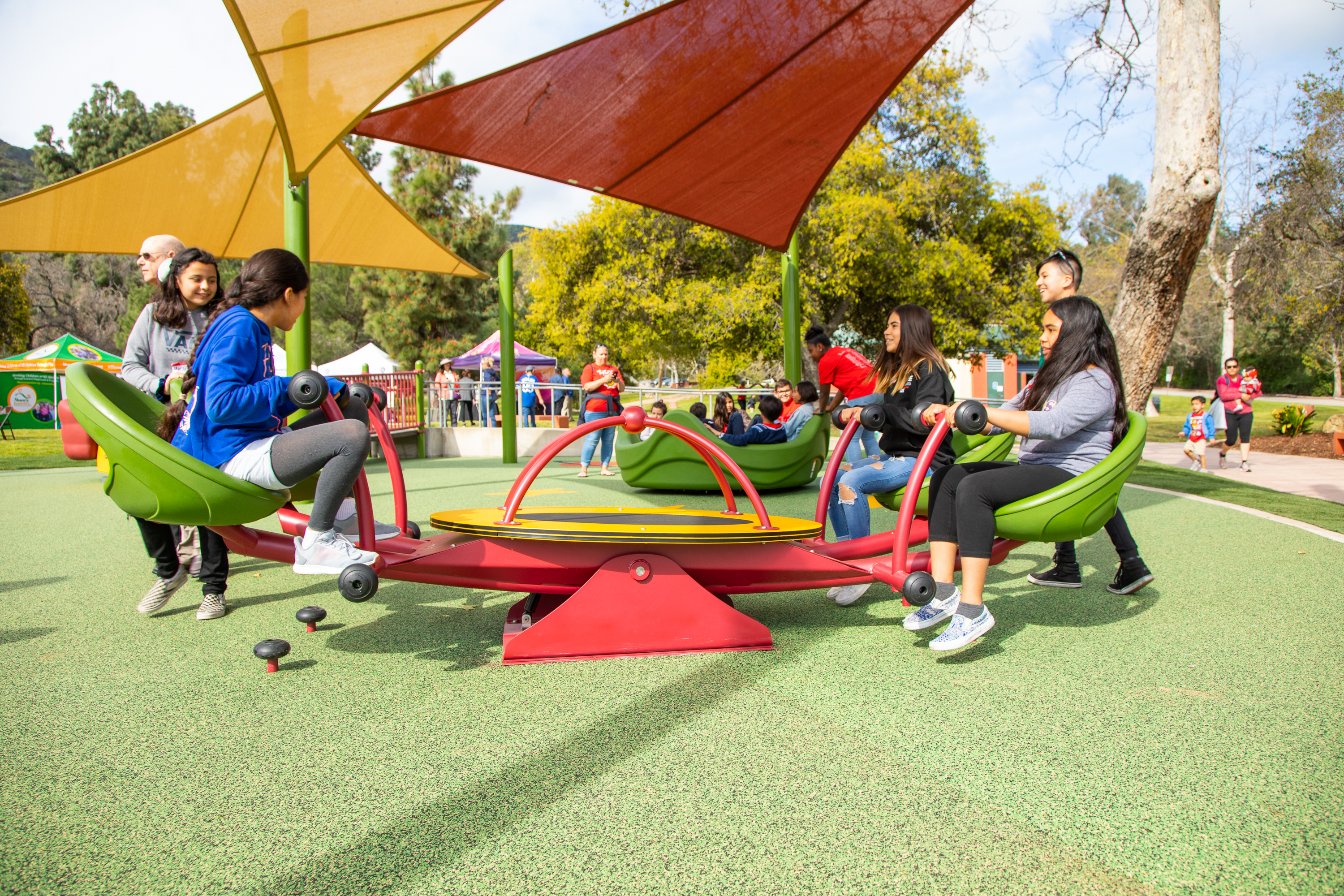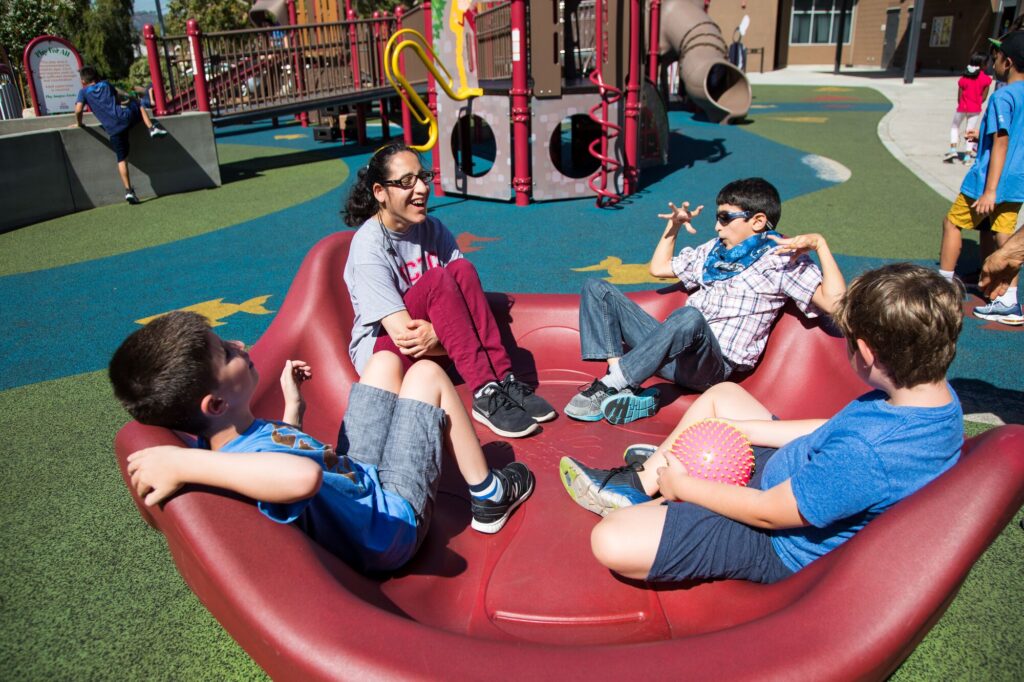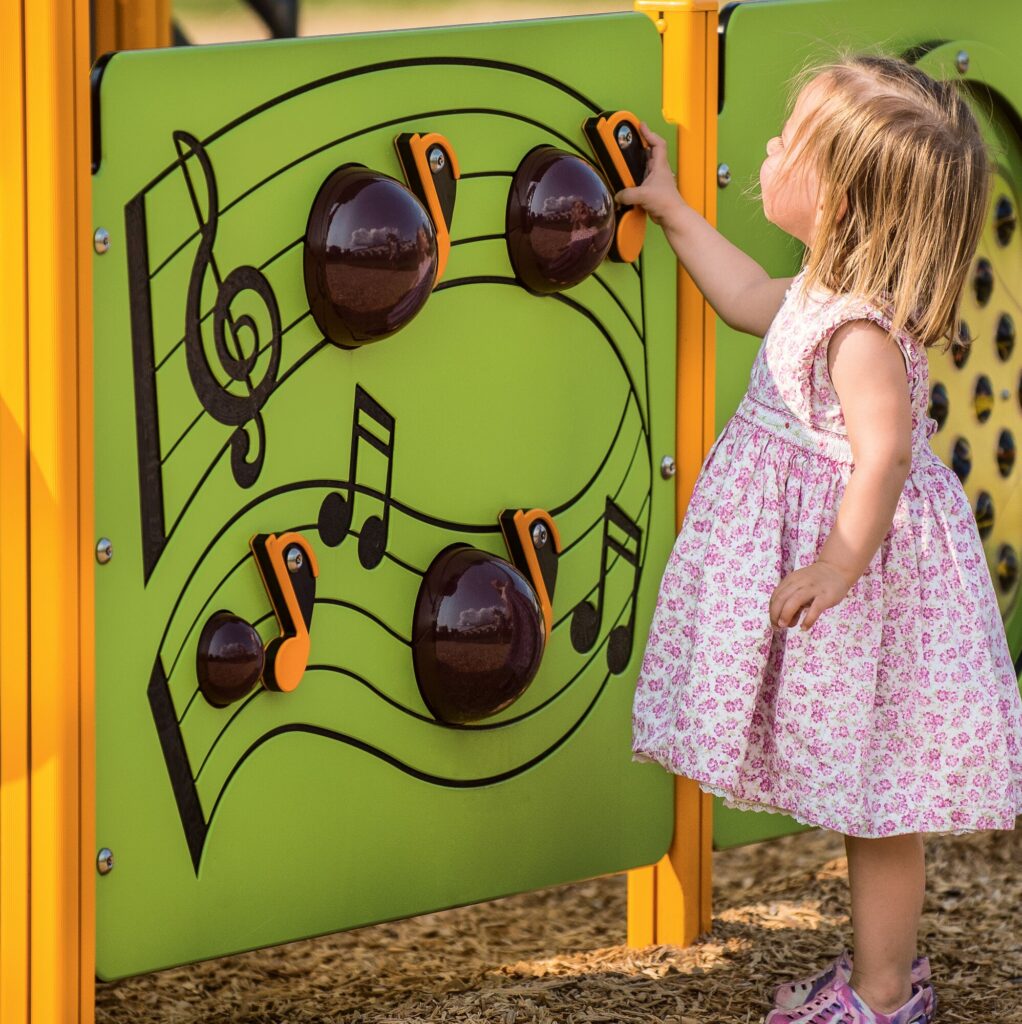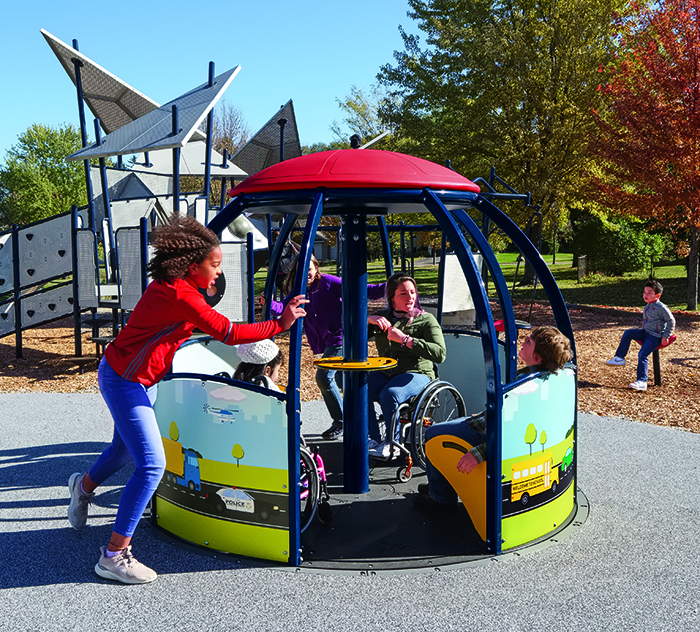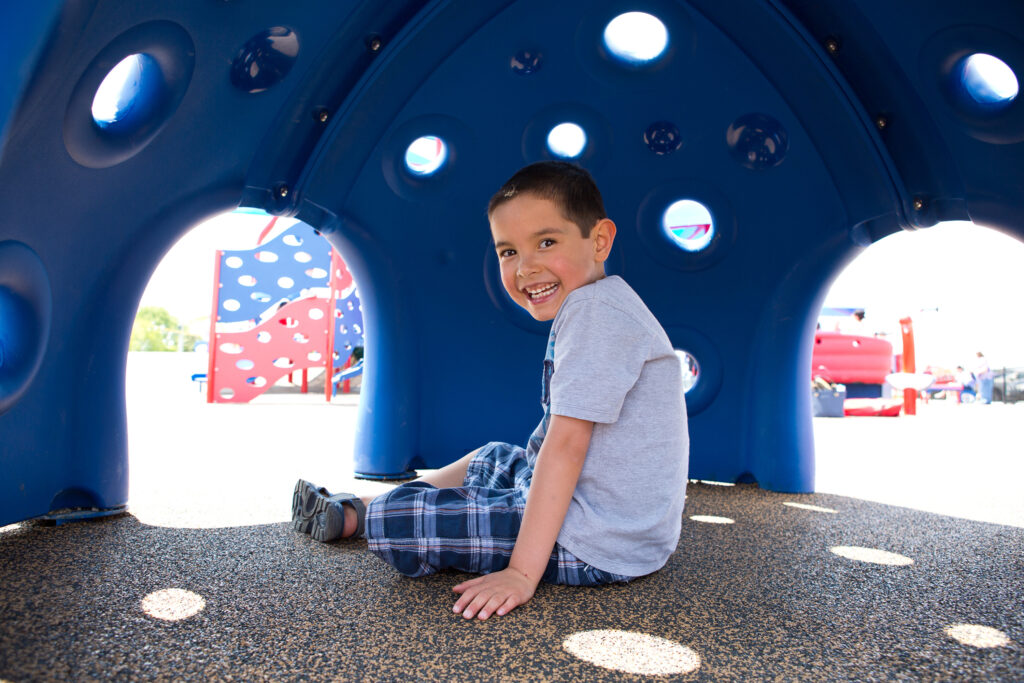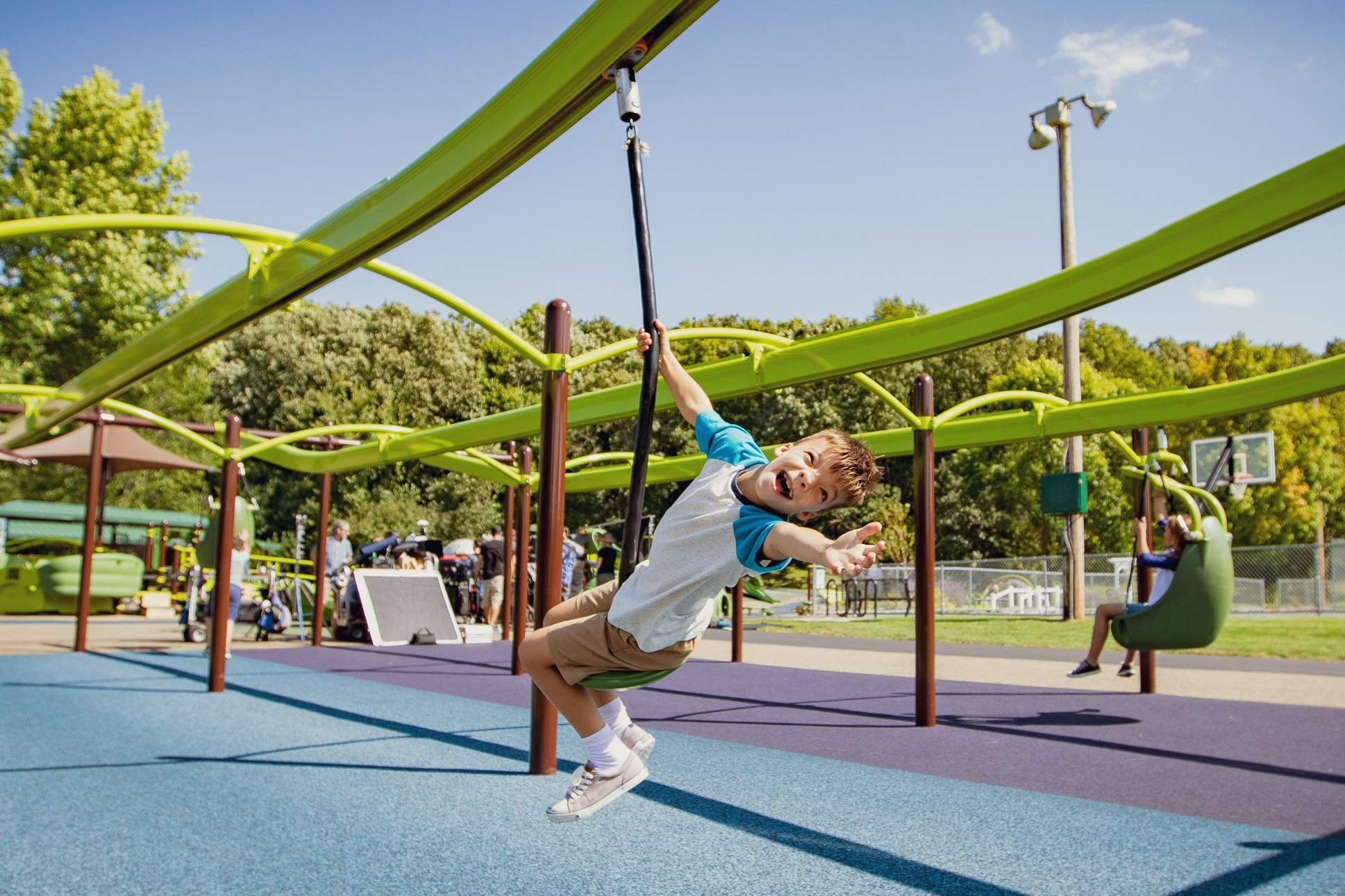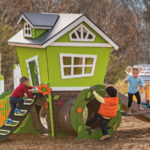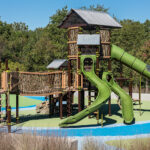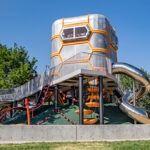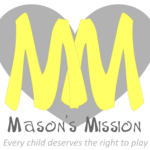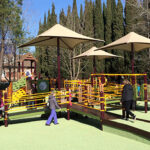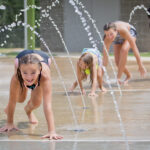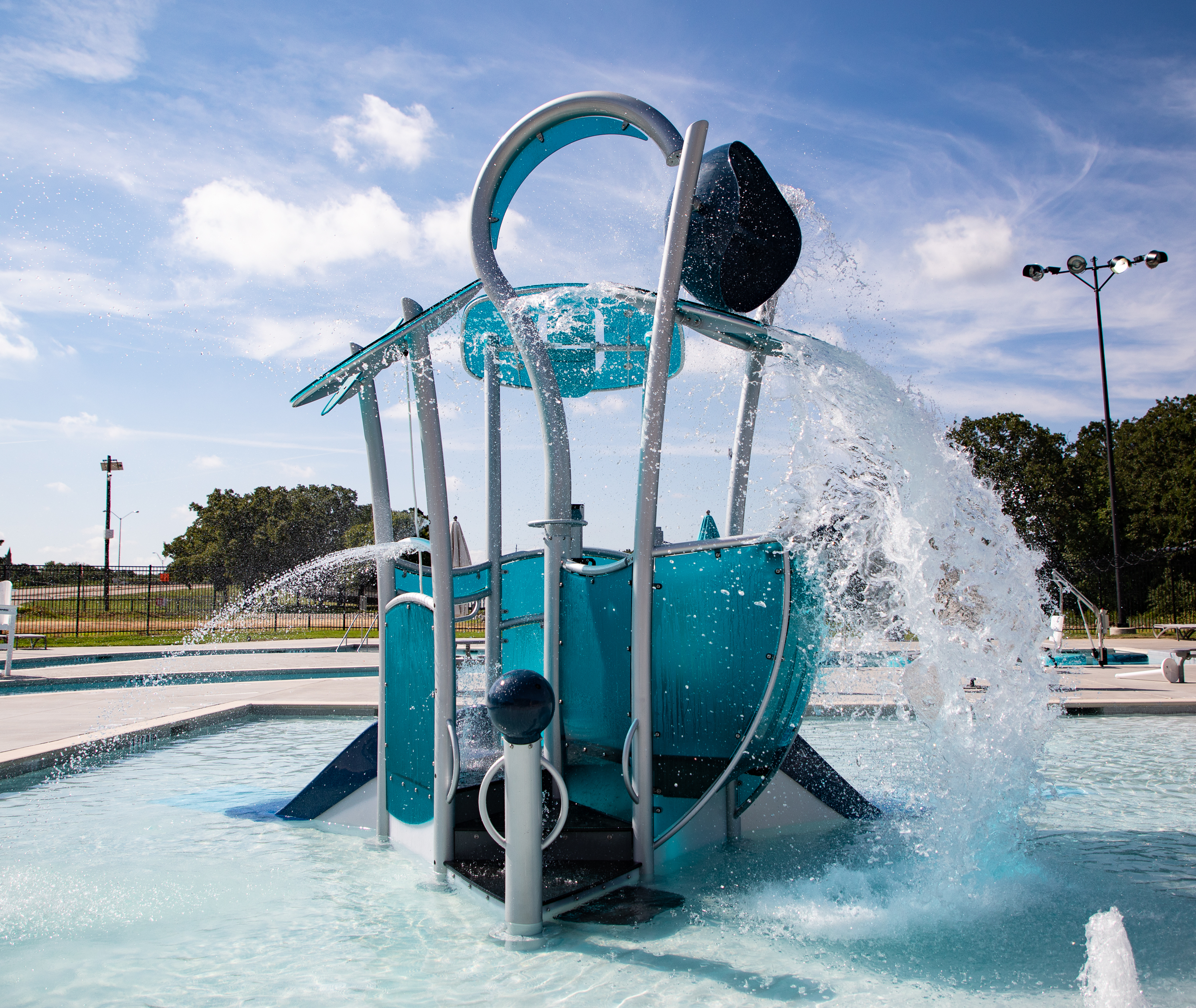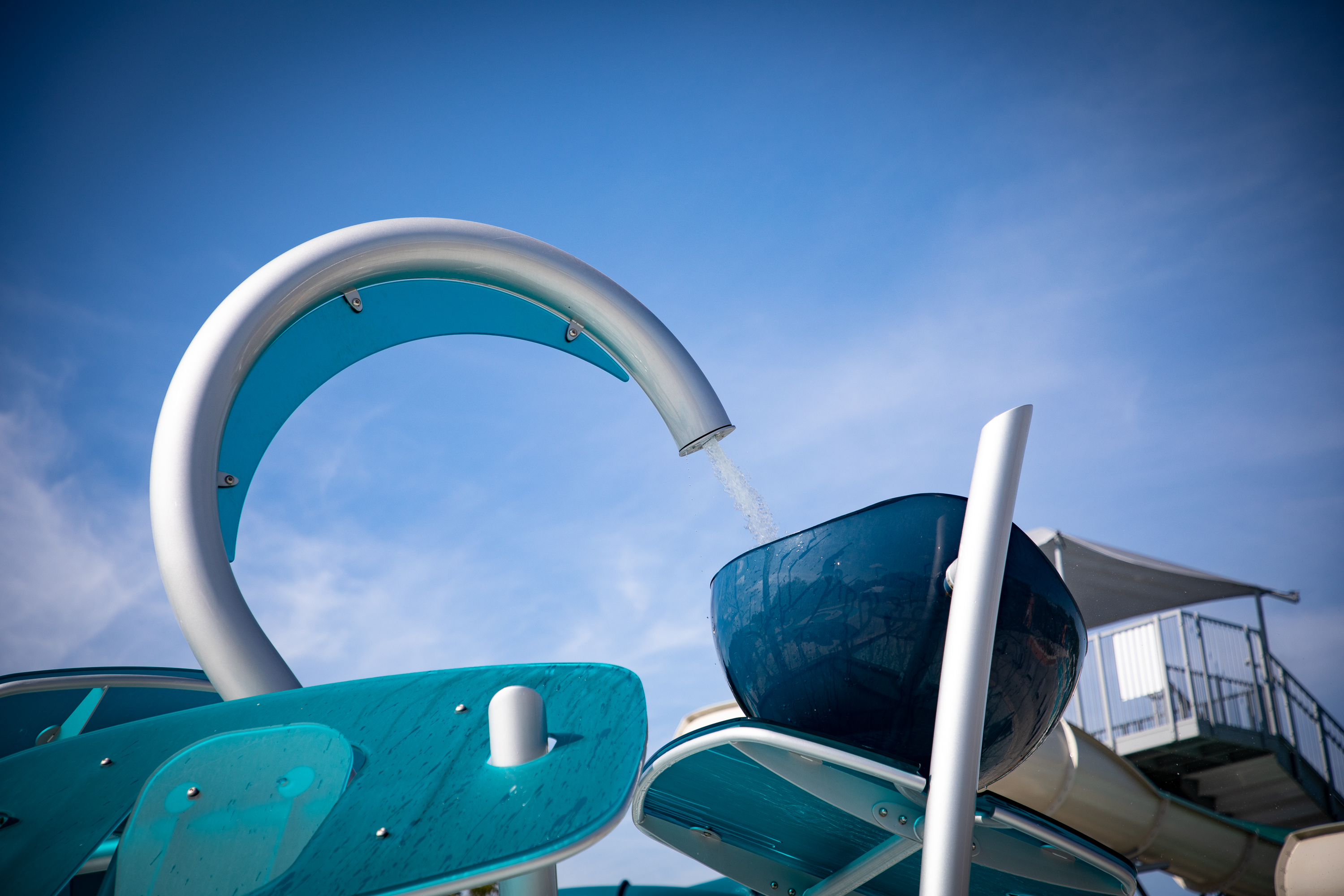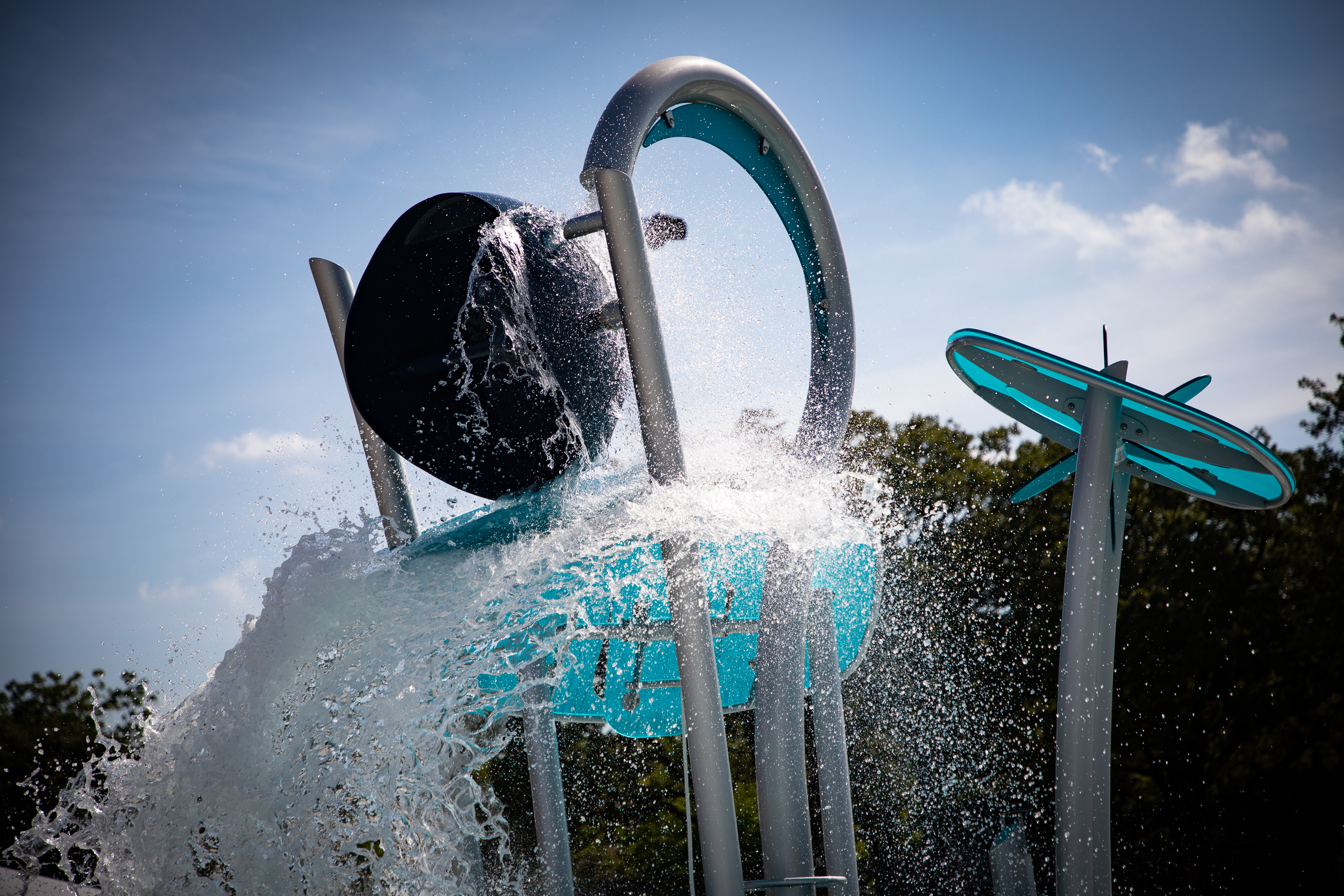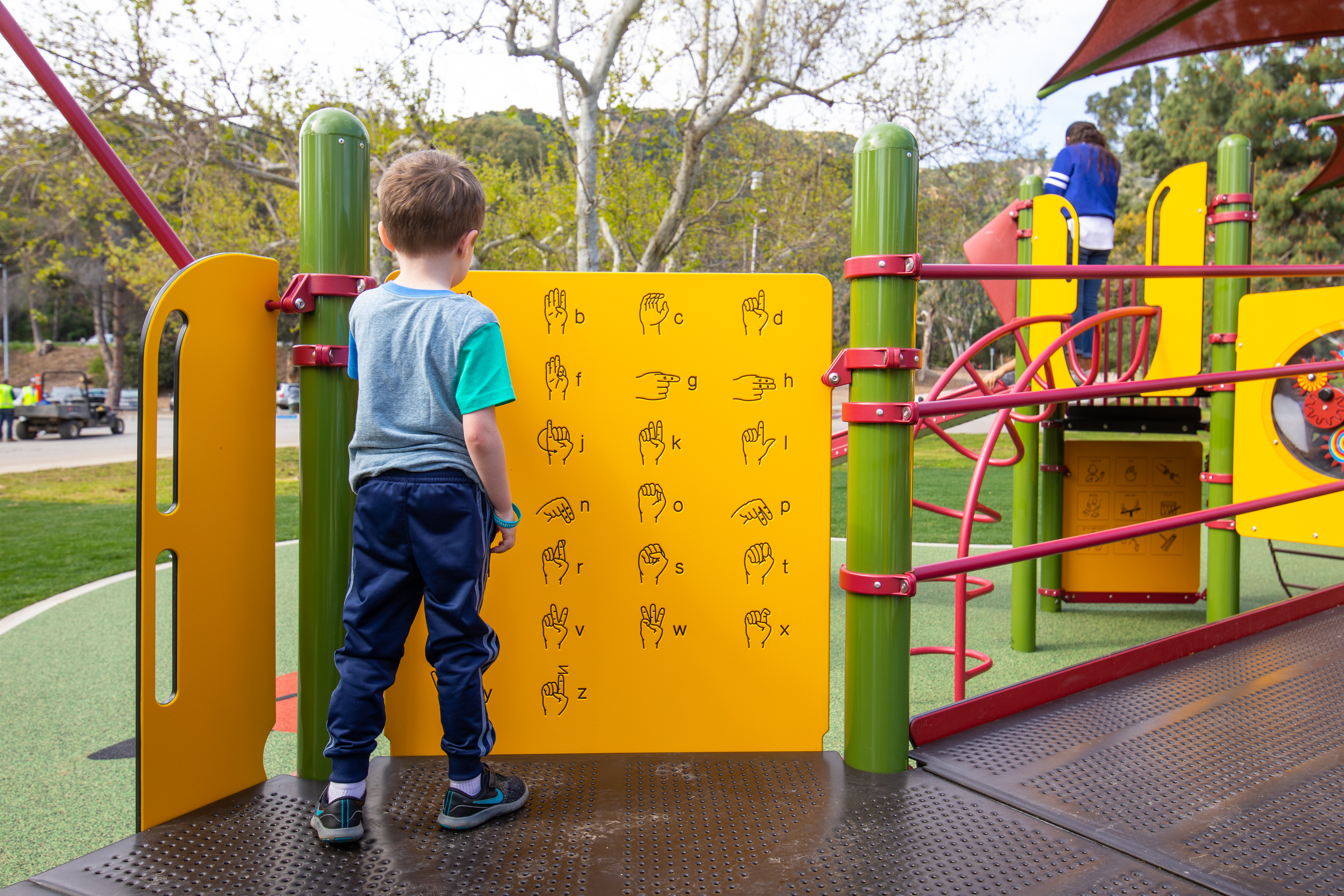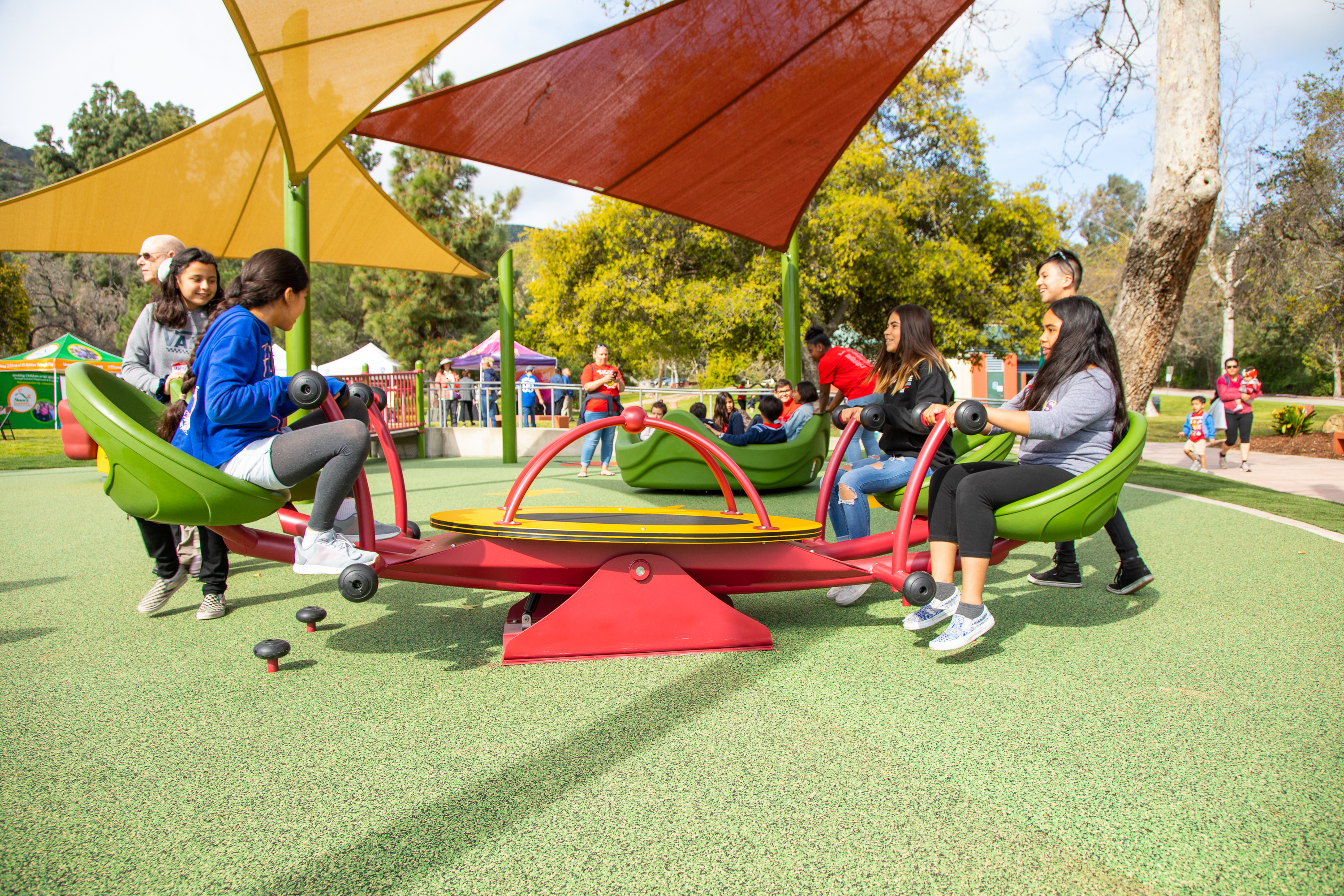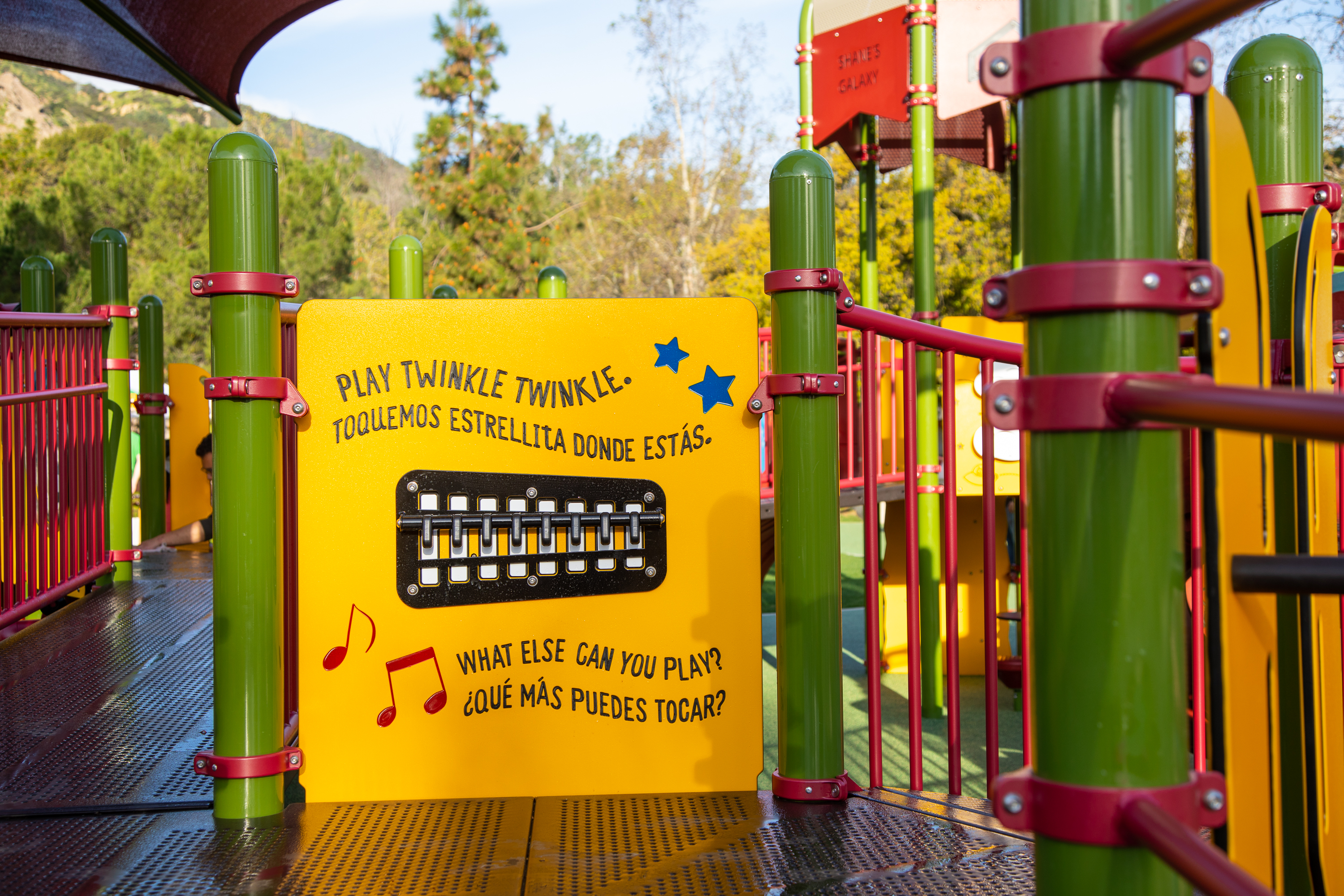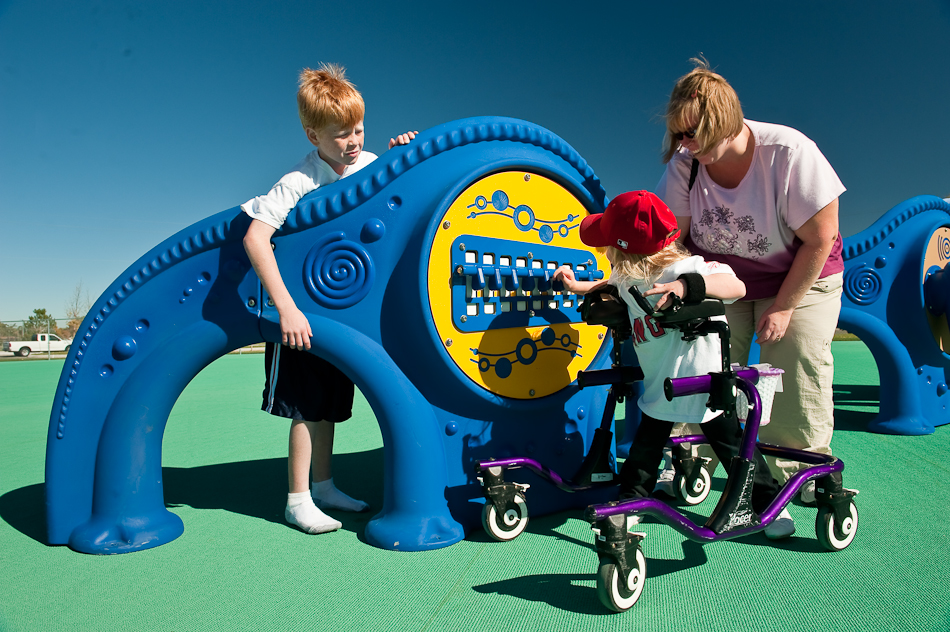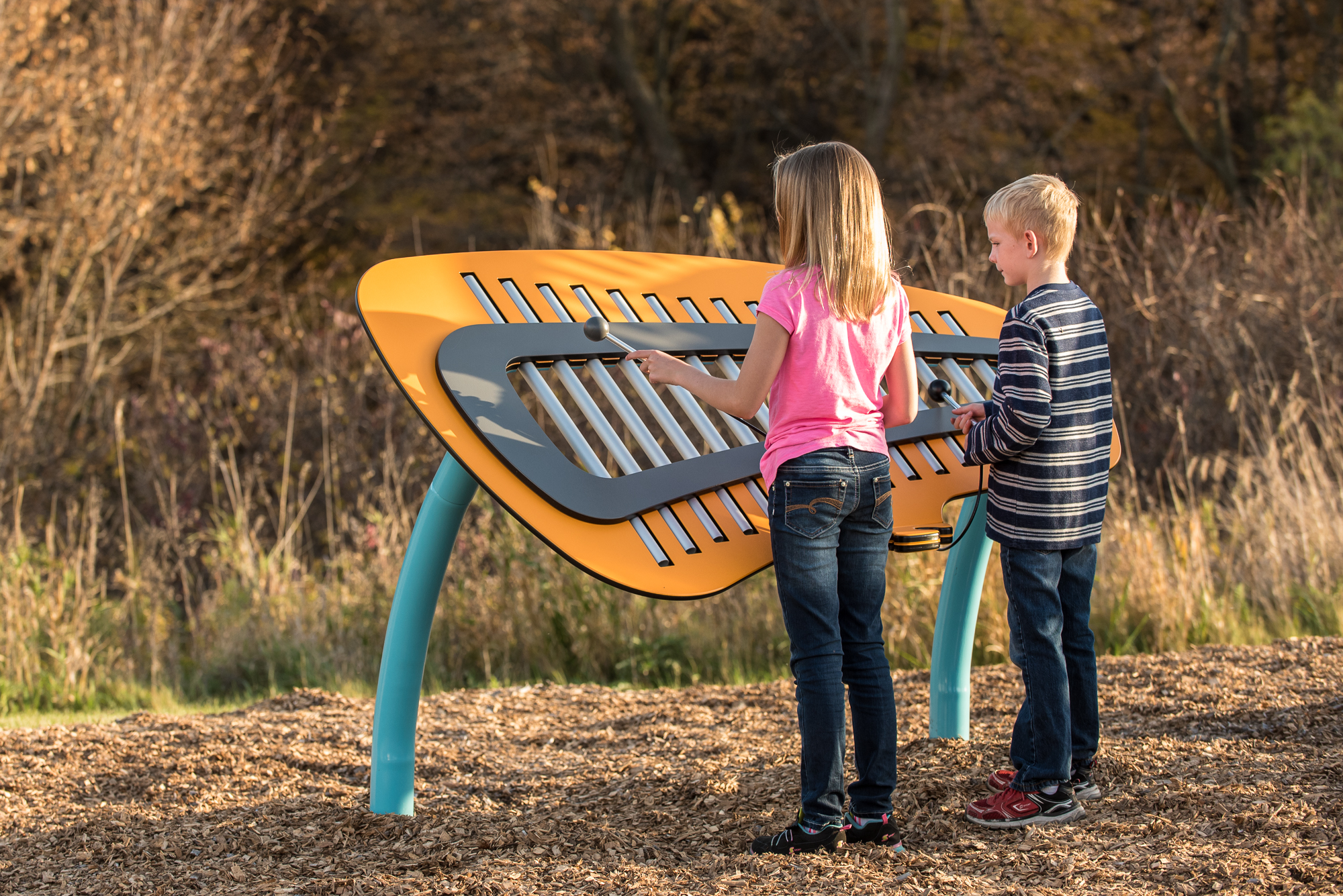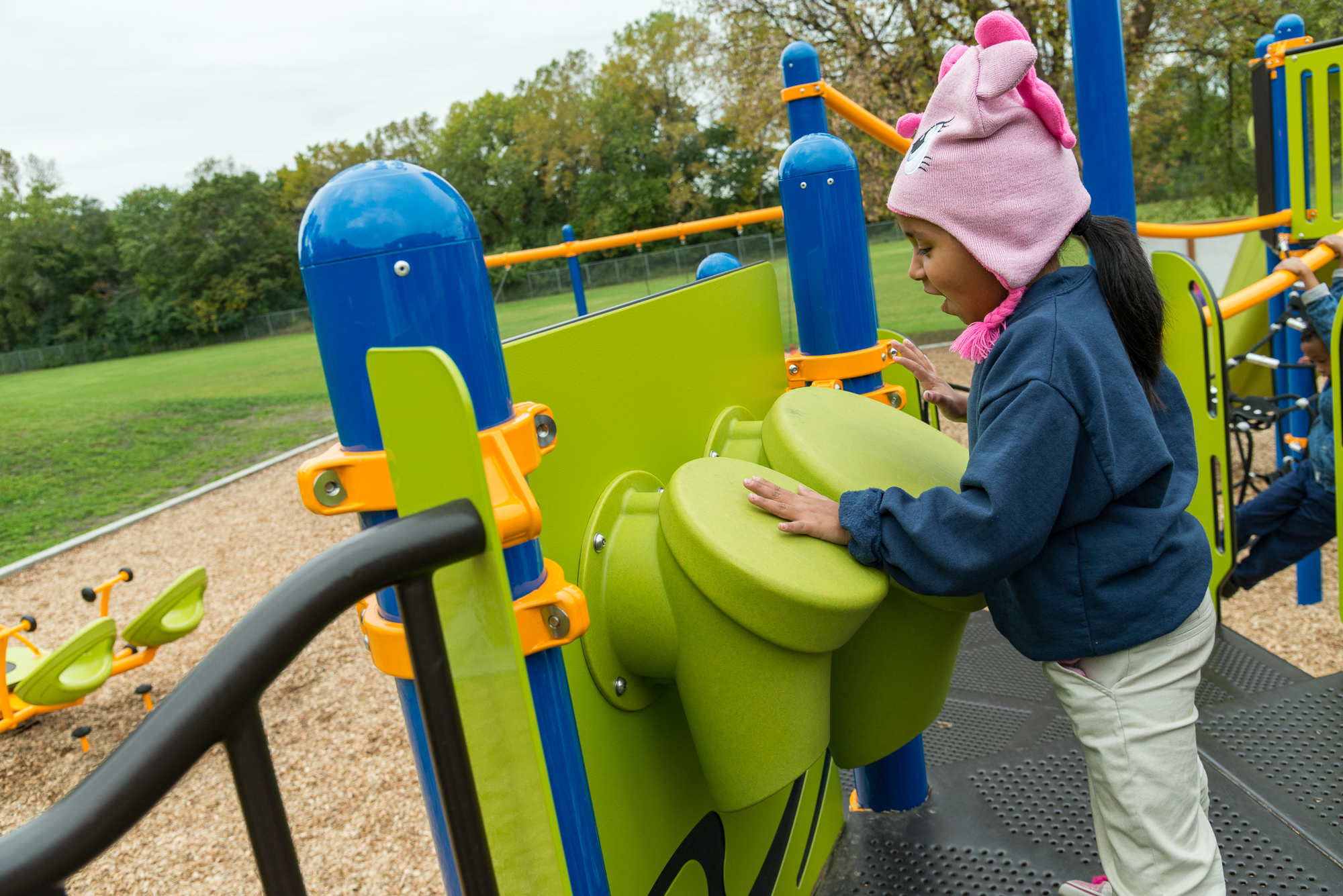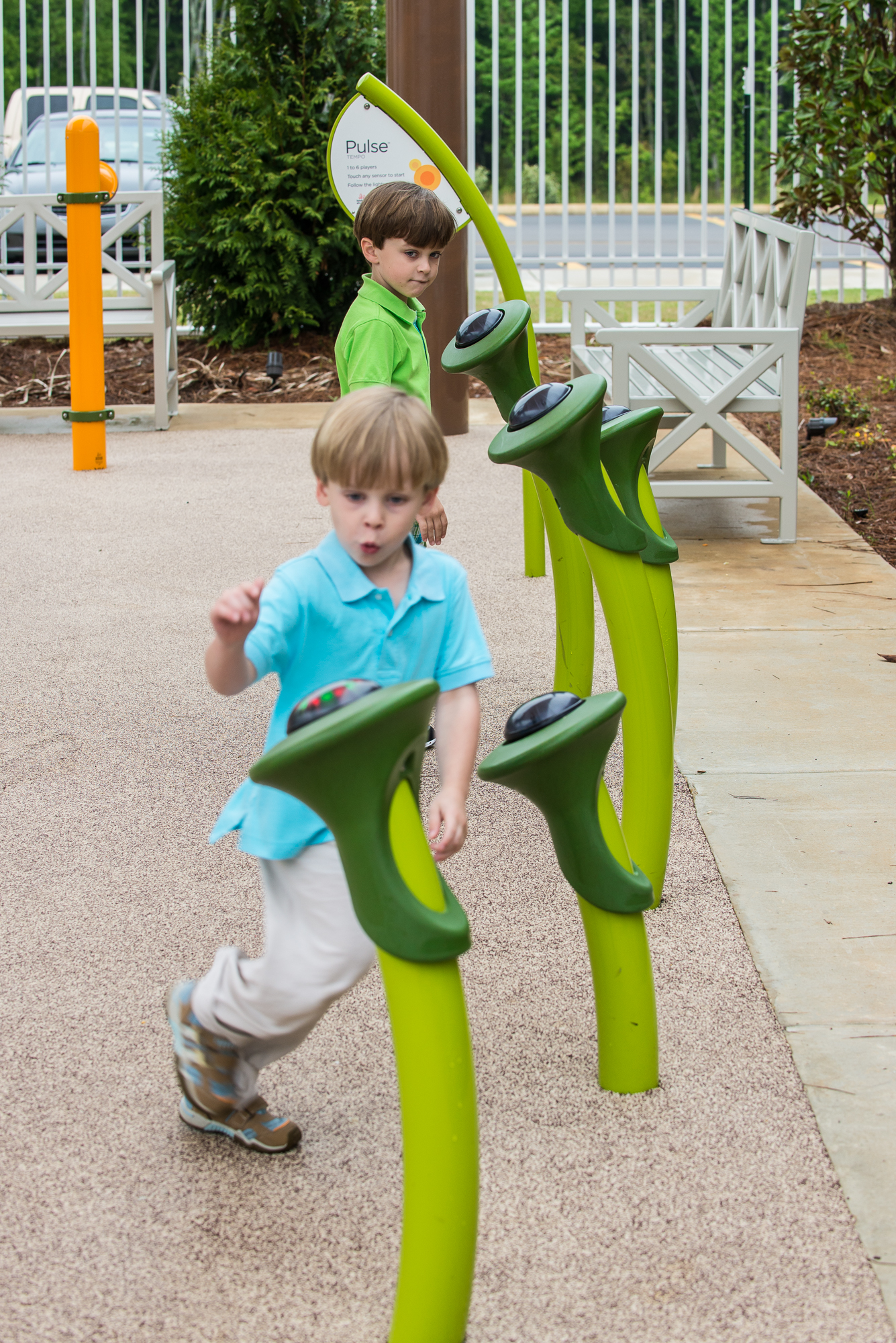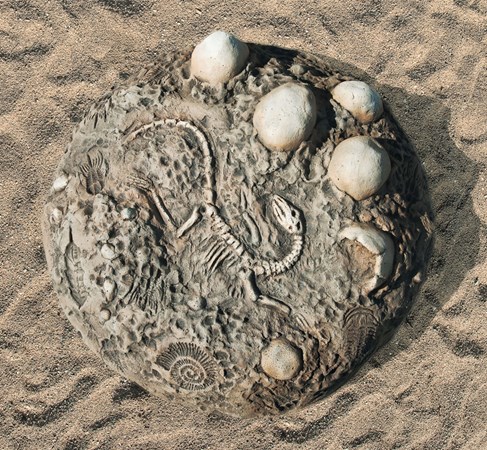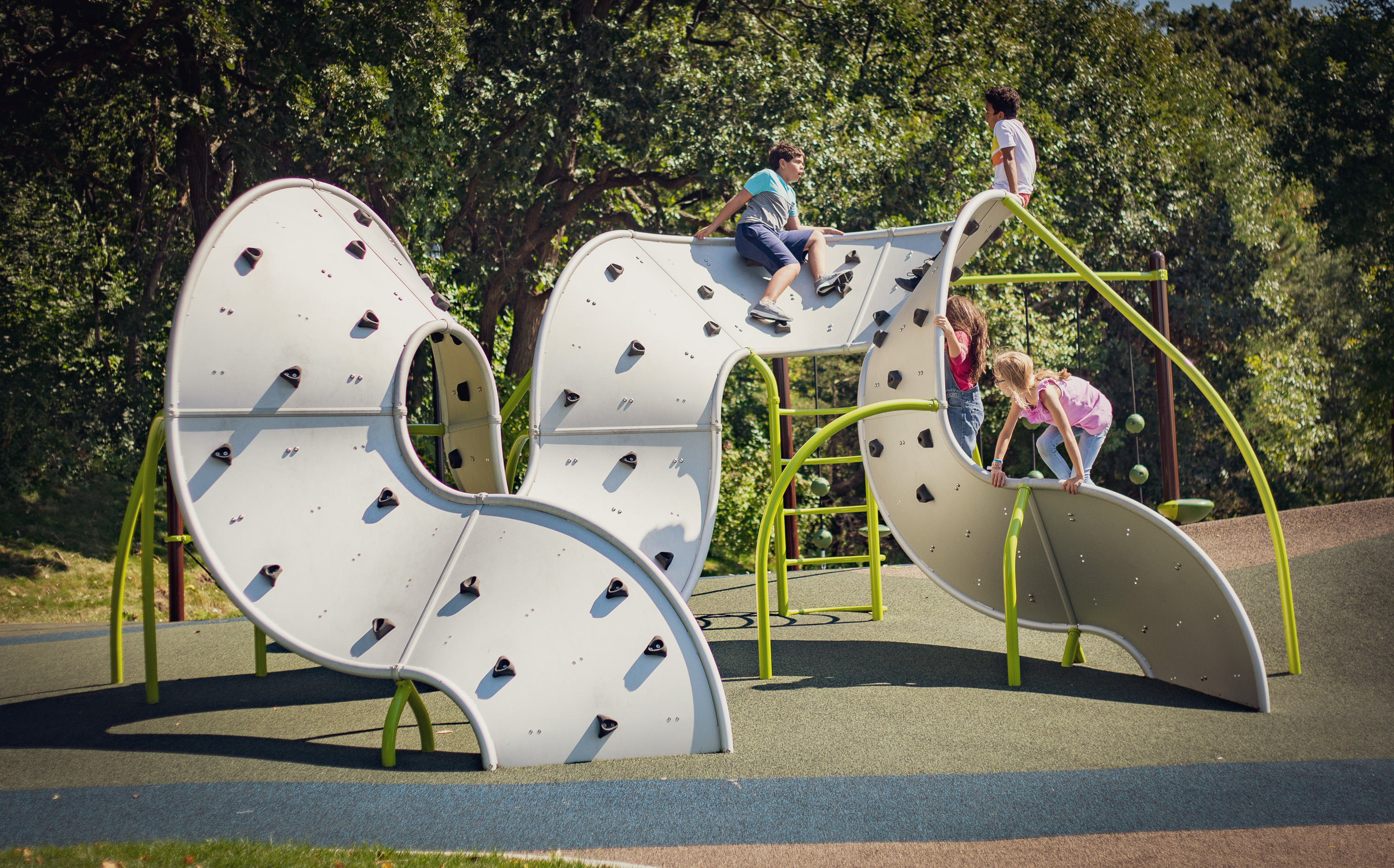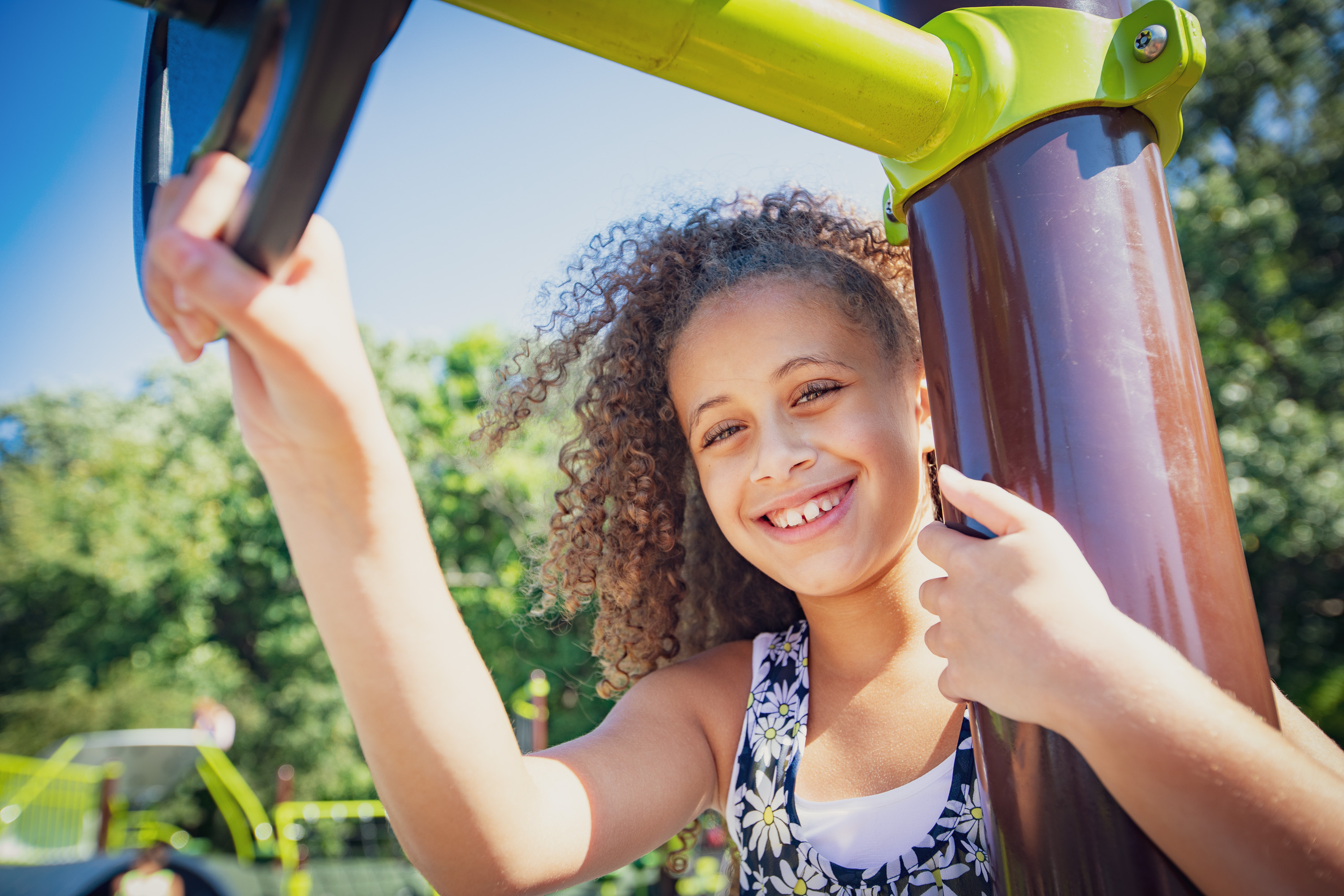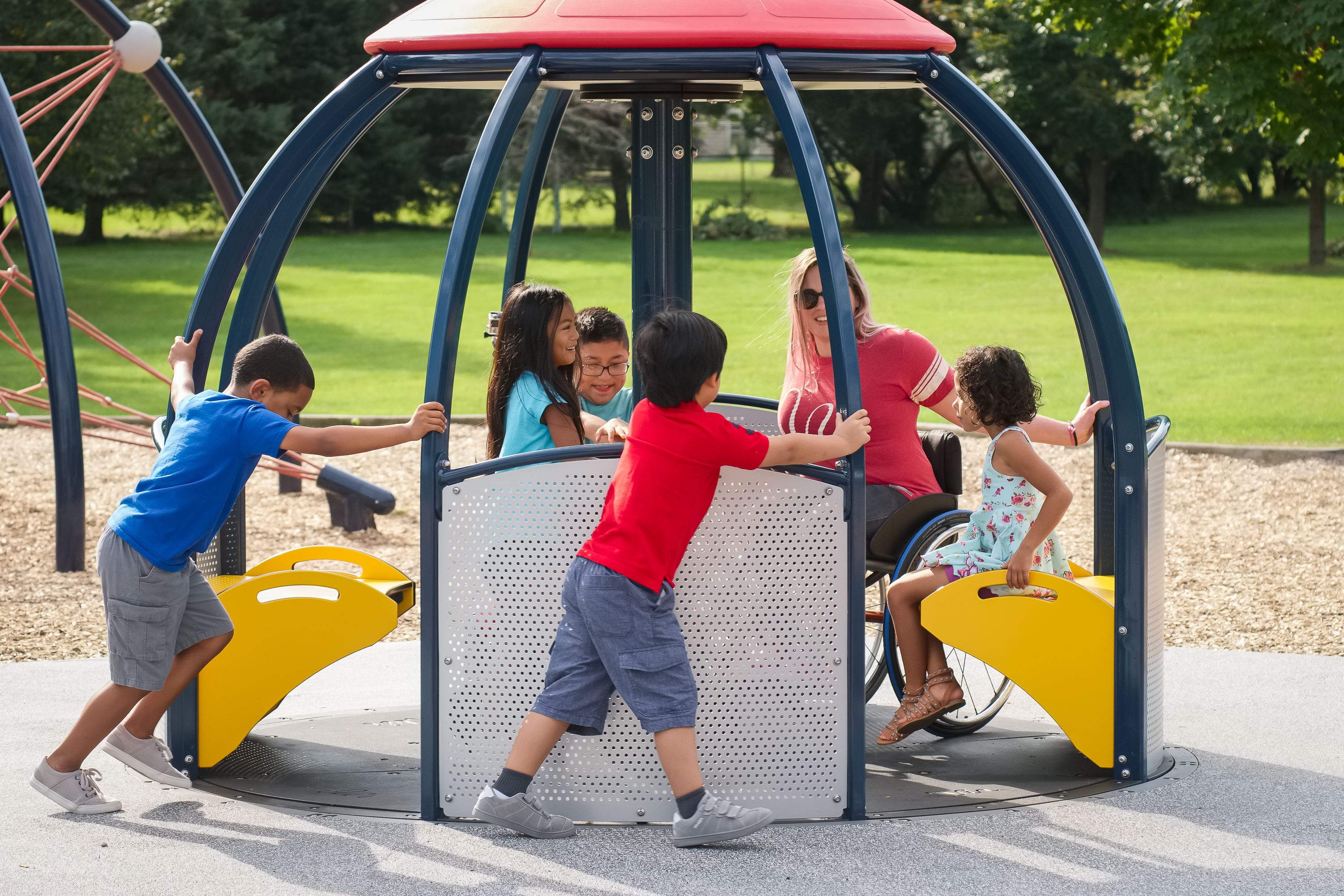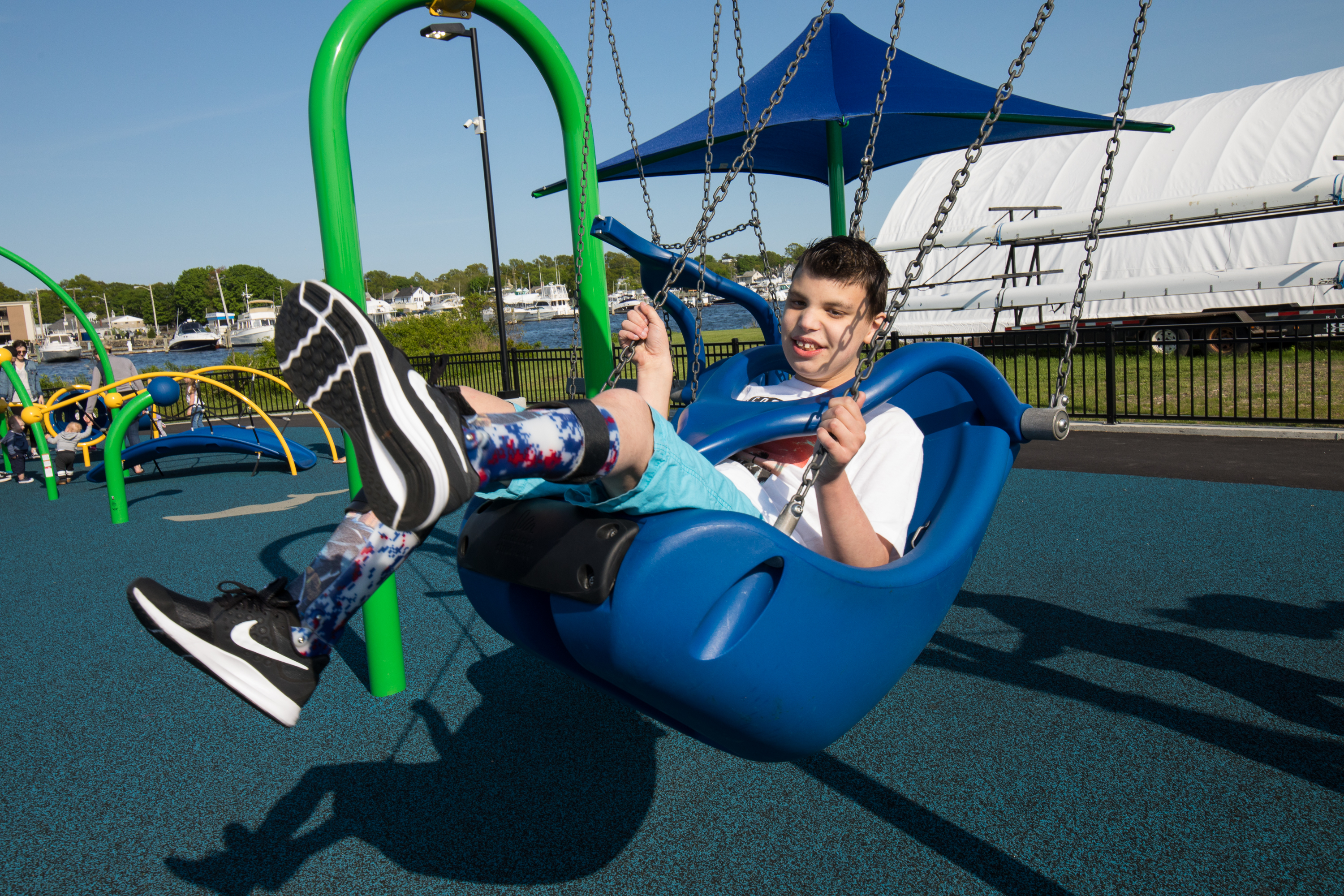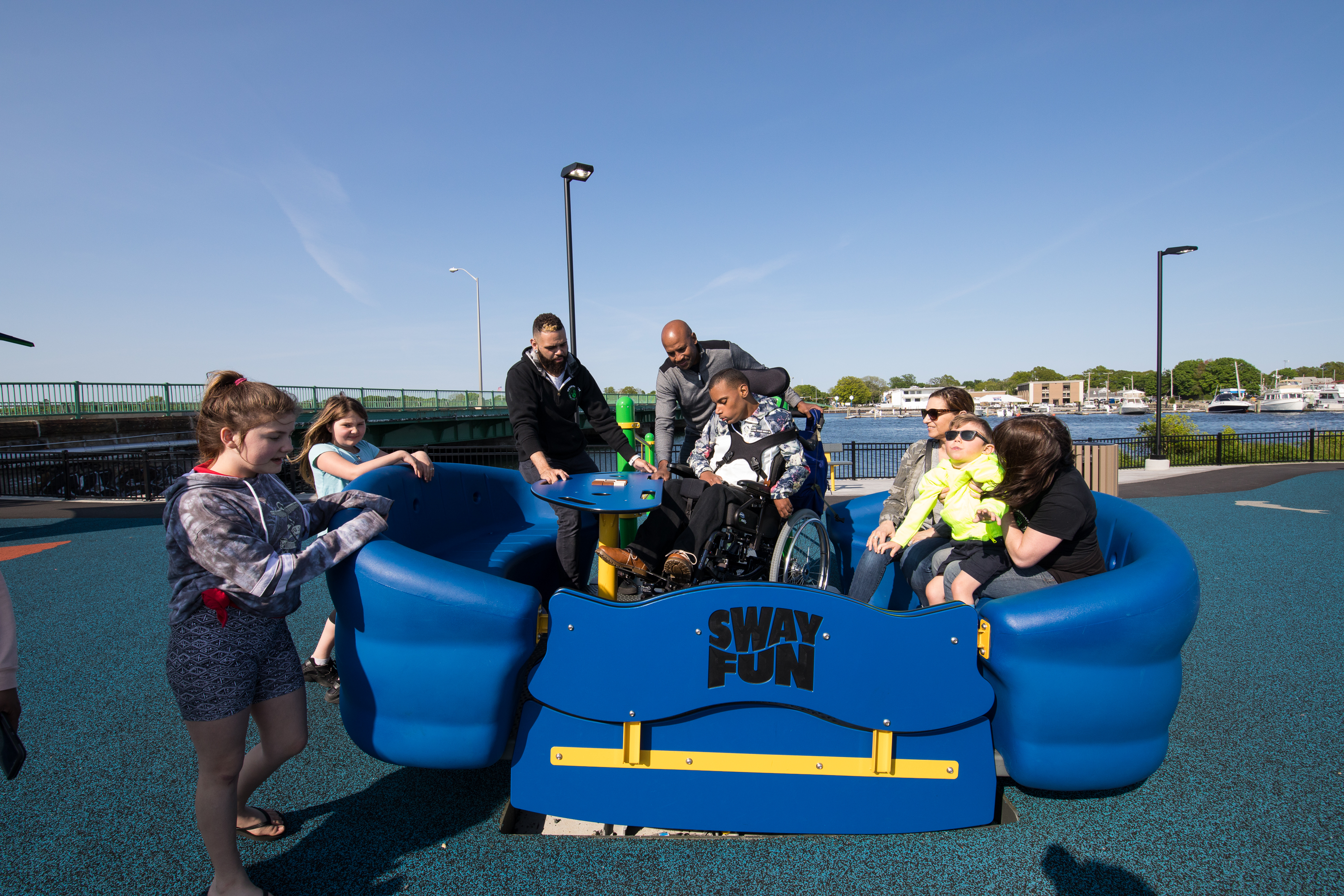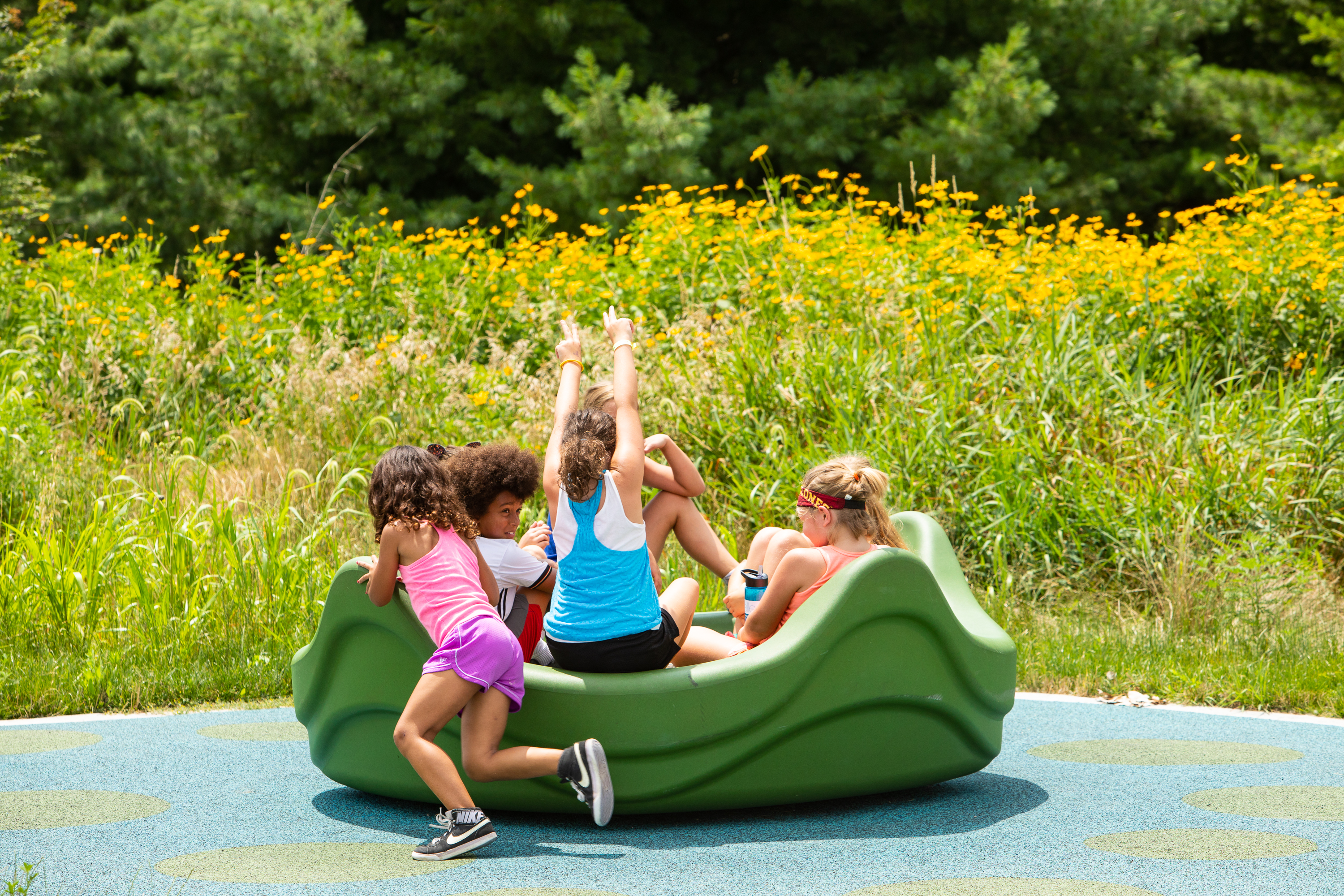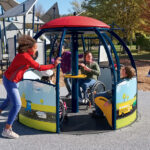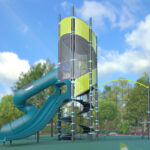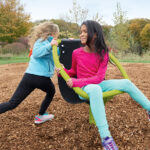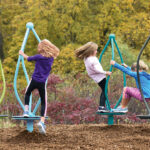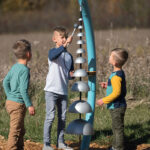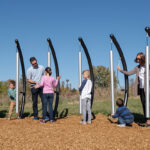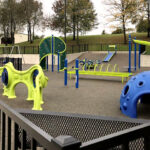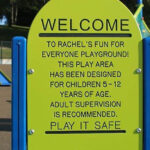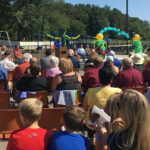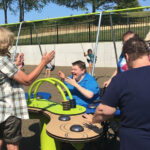We are excited to announce the expansion of our inclusive playground product offerings with the introduction of the We-Go-Swing™. Designed for true inclusion, the We-Go-Swing is the first no-transfer inclusive swing that can be integrated directly into the playground setting not segregated, fenced or locked.
“Our team has worked tirelessly to innovate and create a swing that breaks literal barriers,” said Jill Moore White, full-time wheelchair user and inclusive play specialist at Landscape Structures. “The We-Go-Swing delivers an accessible, no-transfer swing option to all wheelchair users that can be on the playground alongside everyone else, allowing us to swing with our friends and help not only propel, but actually control our own motion. This innovation truly gives individuals of all abilities a chance to participate, imagine and FINALLY enjoy one of the best parts of the playground—and get swinging however we move.”
The patent-pending We-Go-Swing is the perfect inclusive solution. The spacious entry deck can be connected to a ramp for easy roll-on access, and there’s no need to transfer from a mobility device to take part in the fun. Plus, there is plenty of room for children of all ages and their caregivers to sit and/or stand together and enjoy a ride. Because the handlebars help move the swing, all users can actively contribute to the motion. With all kids on board working together, it’s a collaborative effort that builds cooperation and creates fun for everyone.



Landscape Structures has always innovated with inclusion in mind. In addition to designing WITH people with disabilities and not for, the company addresses accessibility, age and developmental appropriateness, and sensory-stimulating activity in its design philosophy. That philosophy along with its other inclusive play product innovations like the We-Go-Round™, We-Saw™, OmniSpin® spinner and Sway Fun® glider, helps bring children with and without special needs together to play, learn and grow on the playground.
See the We-Go-Swing in action below and and learn how to bring this whole new way to play for all to your community at playlsi.com.

